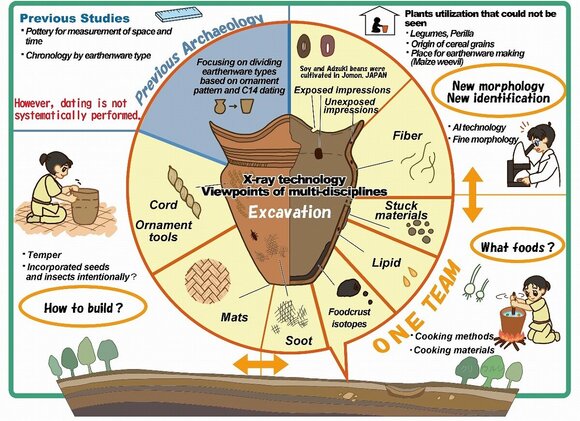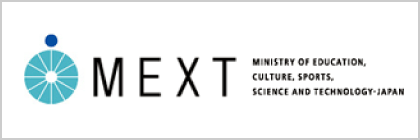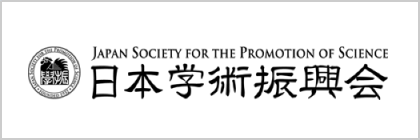Introduction of the Research Project (Purpose of the Research Project)
The main academic mission given to archaeology is "construction of human history in an era without letters" and the creation of new values for the future. Archaeology, which accounts for more than 90% of the time covered by historical research, should play a major role in modern society, which faces many problems such as natural disasters, global environmental deterioration, the spread of infectious diseases, and the threat of war and terrorism. However, the modern archaeology that is mainly based on humanities and has been focused "discoveries" is now at a turning point with the decrease of the number of excavations in Japan. Facing this social and academic background, this research project focuses not on sites but on earthenware that occupies the main part of relics, and whose future preservation and management are uncertain due to shrinkage of archaeological society in Japan.
In archaeology, earthenware has played the role of a framework that defines the connections and boundaries (continuity and discontinuity) between time and space and elucidates the vertical and horizontal connections of human society. In Japan, it can be said that the time and space are being organized by earthenware through administrative excavations caused by various developments at a density unprecedented in the world, and that role is now ending. However, due to the recent research results of researchers including the representative in this research project, information on earthenware that restores "human life" in more detail, such as seeds and insects that are closely related to agriculture and life, is sleeping (that is buried) in earthenware. Therefore, in this research project, not only archaeology but also X-ray technology and AI technology are newly applied to the analysis of earthenware as well as various related natural science fields such as botany, entomology, agriculture, pharmacy, and chemistry. Additionally, we can visualize the materials in the earthenware that were previously invisible to archaeologists, and extract and analyze new information on the history of plant cultivation (agriculturalization and sedentarization) and its impact on humankind. Answering the human historical proposition by the studies in this field will lead to a historical evaluation of modern human society based on agriculture.
In this research project, using Japan as a model, new information will be excavated from the earthenware that has been analyzed or is being analyzed, just as earthenware was excavated from archaeological sites, we advocate "Earthenware Comprehensive Analysis" to restore society, people's lives and spirituality in more detail, and construct the method and demonstrate its effectiveness. Also, this research will be used as a concrete research model to deepen archaeology for foreign countries that will eventually reach the stage where earthenware has finished the role of organizing the times and spaces, as in Japan. This is a pioneering initiative in which global demand can be expected. Furthermore, in the future, in addition to the method developed in this project, we will develop a method for re-evaluating existing archaeological materials using a wider variety of advanced science and technology, aiming to establish 22nd-century archaeological resource study. We also want to contribute to the transformation of the society surrounding science and archaeology.
- Project Leader
- OBATA Hiroki(Kumamoto University)



